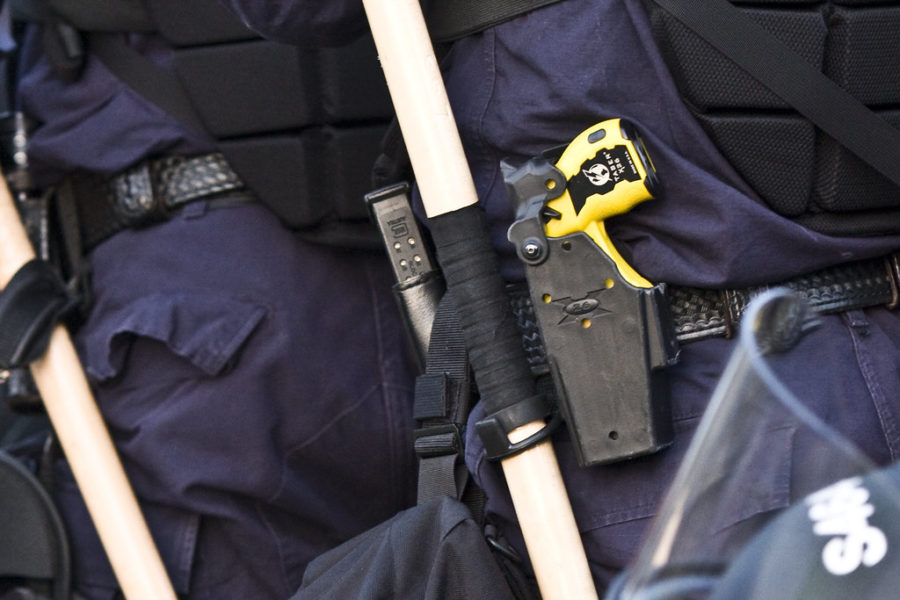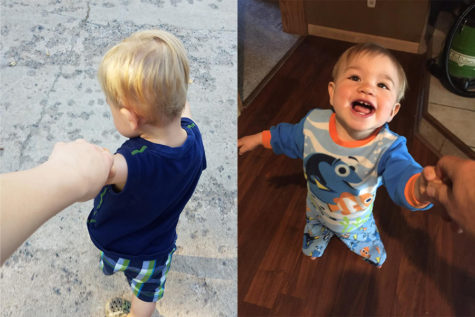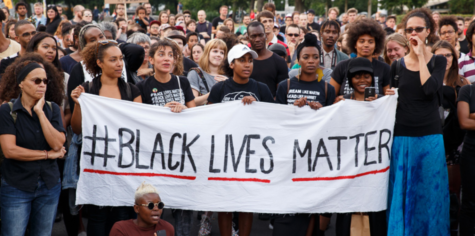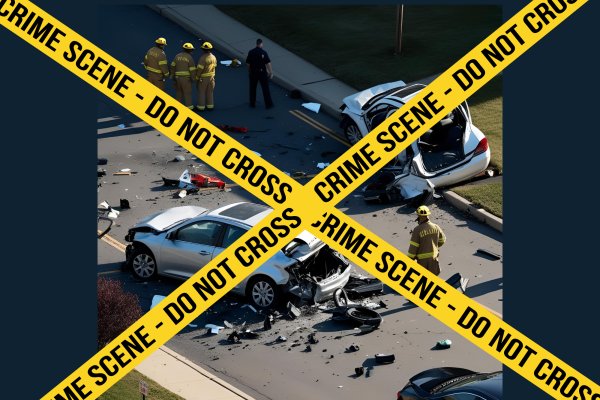How can you mistake a Glock for a taser?
The LeSabre investigates
“TASER X26 and Glock Magazine” by Tony Webster is licensed under CC BY-NC 2.0
Glocks and tasers have some key differences to tell them apart.
Following the killing of Daunte Wright, former Brooklyn Center Police Chief Tim Gannon described the incident as a case of mistaken identity, the patrol officer had confused her handgun for her taser. We are going to look at how exactly this could be possible.
First of all tasers and handguns while ergonomically similar have some key appearance differences.
In the Brooklyn Center police policy manual, they list their department issue handguns as the Glock 17, 19, and 26. Whereas their taser model is unstated in the manual. It appears to be the X26P model from the bodycam footage.
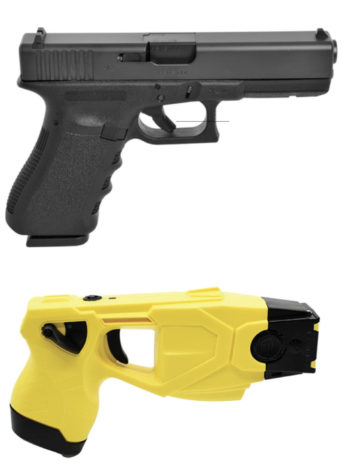
Tasers are much lighter than department issue handguns and while functionally similar in their design feel very different in the hand because of it. Furthermore, tasers are often created in bright neon colors or with neon accents to further distinguish them from conventional firearms. And judging from the bodycam footage these are the types employed by the BCPD. The New York Times has a still image from the body cam footage that you can find here. From the manual, “All taser devices shall be clearly and distinctly marked to differentiate them from the duty weapon and any other device.”
Department protocol also mandates that officers wear their service pistol on their dominant side with their taser holstered on their non-dominant side to limit confusion. The bodycam footage shows her fellow officer holding his taser in a cross draw so they have to reach across the body as opposed to simply reaching down to wield their taser. This often is a cause for confusion as officers become accustomed to drawing both weapons with the same hand. However, Officer Potter wore her taser on the opposite side of her body with the handle facing backward meaning she would have to draw it with her non-dominant left hand, different from the hand she would draw her handgun with.
Even if Officer Potter had deployed her taser, it would have gone against department protocol laid out in the manual which states that tasers “should not be used against those whose ‘position or activity may result in collateral injury’ — including people who are ‘operating vehicles’.” Mr. Wright was in his driver’s seat when he was shot and his car traveled several blocks afterward.
For those who wish to view it, here is the body cam footage. Warning, it is graphic. Watch at your own discretion.

Grade: Senior
Hobbies: Collecting records and feeding a burgeoning bubble tea addiction.
Where I'll Be In 10 Years: 29 and in a lot of student debt.
Current...



